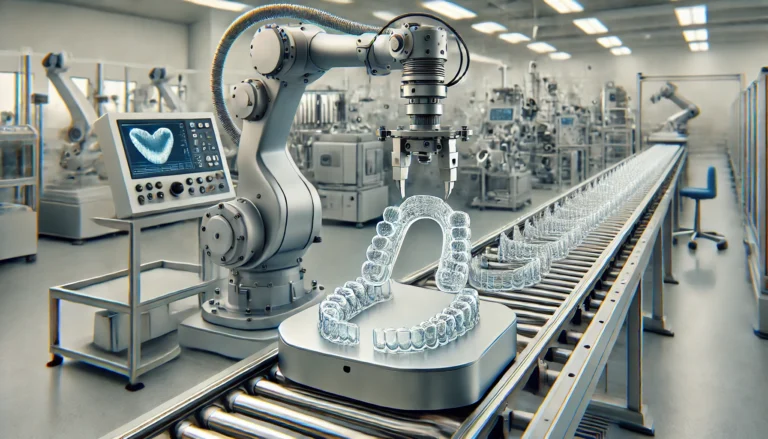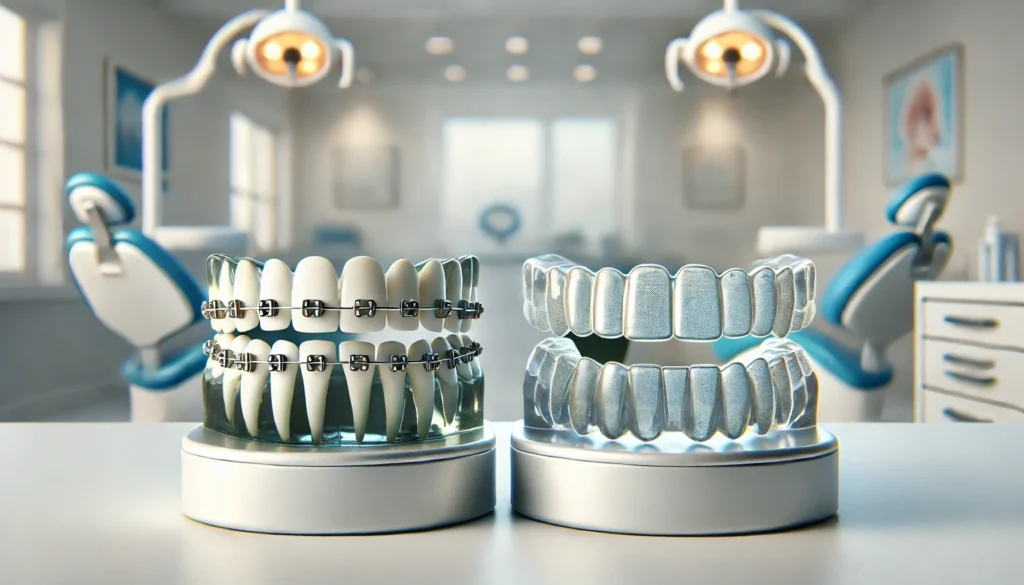
Selecting between Invisalign vs braces for orthodontic treatment is an important decision, particularly for teenagers. Each option presents distinct advantages and challenges that can influence treatment effectiveness, lifestyle, comfort, and appearance.
This article delves into the key differences in aesthetics, comfort, and maintenance, while also evaluating which option generally provides quicker results. It further discusses how to make an informed choice based on individual needs and preferences, ensuring that every teenager can achieve a confident smile.
What Are the Differences Between Invisalign vs Braces?
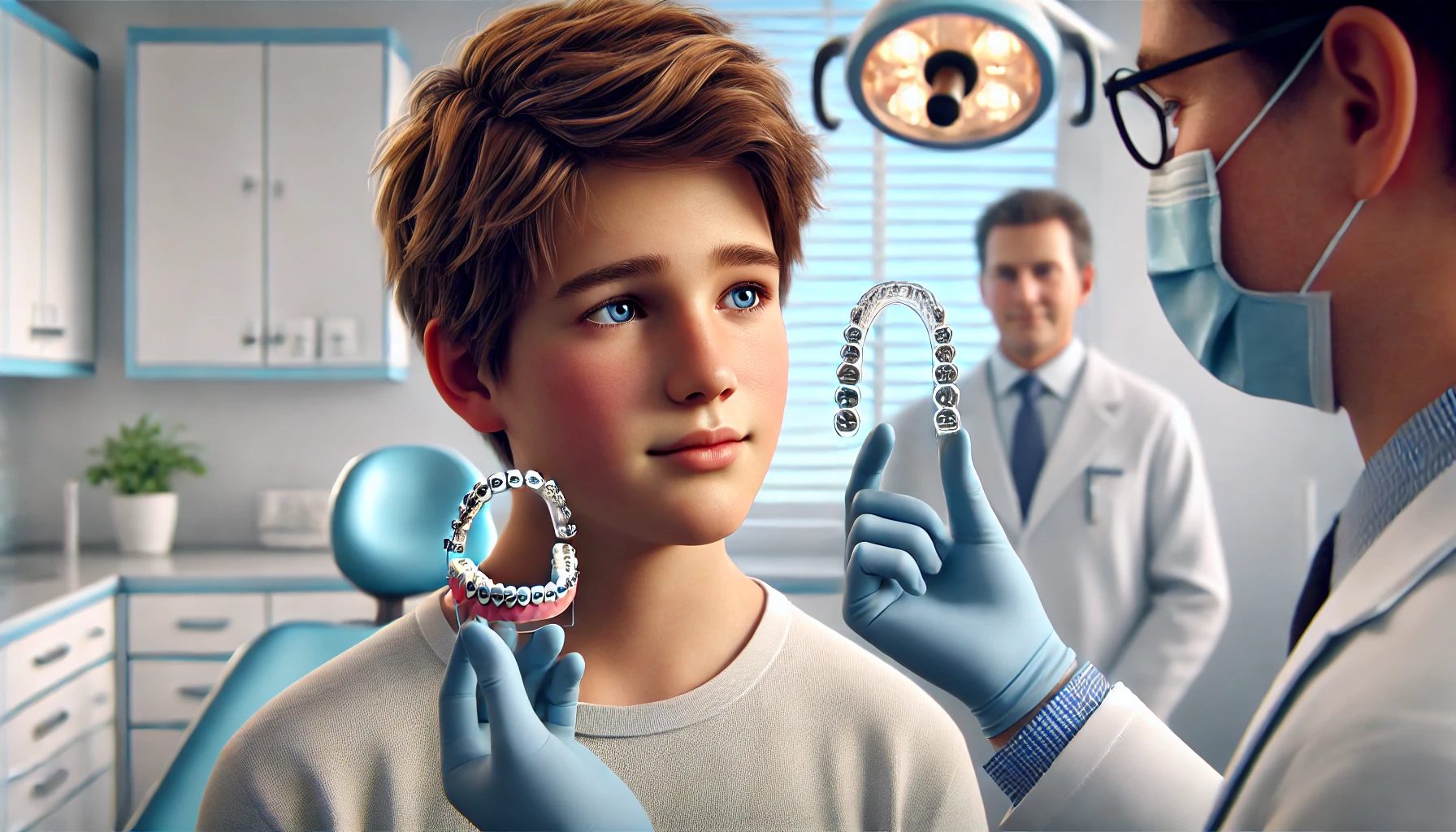
When considering options for straightening teeth, both Invisalign and metal braces present distinct advantages and limitations that address different needs and preferences in orthodontics.
Traditional metal braces are known for their effectiveness in treating a range of dental alignment issues. In contrast, clear aligners like Invisalign offer a more aesthetically pleasing solution that is particularly appealing to individuals who prioritize visibility and comfort.
By understanding the differences between these two methods, patients can make informed decisions about their orthodontic treatment plans, taking into account factors such as their treatment goals, comfort levels, and the impact on their lifestyle.
1. Appearance
The appearance of orthodontic treatments plays a crucial role in the choices patients make, particularly for teenagers who are often concerned about peer acceptance and their confidence throughout the treatment process.
In this regard, clear aligners such as Invisalign offer an attractive alternative, enabling individuals to correct their smiles without drawing attention to their dental appliances. Unlike traditional metal braces, which can be bulky and easily noticeable, these aligners are nearly invisible, making them a popular choice for those who wish to maintain their aesthetic appeal during treatment.
The transparent design not only effectively aligns teeth but also provides an additional layer of emotional comfort, as many patients report feeling less self-conscious and more confident in social situations. This visual appeal can significantly boost self-esteem, illustrating that the choice of the right orthodontic solution extends beyond mere functionality; it also supports a positive self-image during this transformative period.
2. Comfort
Comfort plays an essential role when considering orthodontic treatments, as both Invisalign and metal braces offer varying levels of oral discomfort and pain management requirements.
For individuals on their orthodontic journey, these differences in comfort can greatly influence their overall experience. Metal braces, for instance, may create discomfort during adjustment appointments due to the tightening of wires and the pressure applied to the teeth, often resulting in soreness that can persist for several days.
In contrast, Invisalign presents a more user-friendly alternative. These aligners can be easily removed for eating and cleaning, which generally leads to less irritation of the gums and cheeks. Many patients appreciate the smooth plastic of Invisalign, finding it to be a more pleasant sensation that enhances their satisfaction and confidence throughout the treatment process.
3. Maintenance
Maintaining good oral hygiene is crucial during orthodontic treatment, regardless of whether one opts for Invisalign clear aligners or traditional braces, as each option has its own specific maintenance requirements.
Aligners offer the convenience of being easily removable for cleaning, which allows for a straightforward oral care routine that facilitates brushing and flossing without any obstruction.
In contrast, braces can complicate hygiene efforts due to their fixed nature. Individuals with braces often encounter challenges in thoroughly cleaning around brackets and wires, which makes routine dental visits even more essential for monitoring plaque build-up and identifying potential cavities.
Patient compliance is vital for both methods; with aligners, forgetting to wear them can slow down progress, while inadequate cleaning around braces can lead to problems that hinder alignment goals.
Understanding and adapting to these maintenance differences can have a significant impact on the overall success of an orthodontic journey.
4. Treatment Time
The duration of orthodontic treatment can vary quite a bit between Invisalign and braces, largely depending on the complexity of the individual case and the specific alignment goals.
Typically, the average treatment time for braces ranges from 18 to 24 months, whereas Invisalign may shorten that timeline to about 12 to 18 months, assuming the patient adheres closely to the treatment plan. This variability is primarily influenced by factors such as the severity of the dental issues involved and the consistency with which the patient follows the prescribed regimen.
For example, with Invisalign, removing the aligners during meals or occasionally forgetting to wear them for the recommended 22 hours a day can lead to delays in treatment. Therefore, patient compliance is a crucial aspect in determining the effectiveness of both treatment options.
Consistent and diligent use of the aligners or braces can significantly aid in achieving the desired results within the expected timelines.
Which Is Faster: Invisalign or Braces?
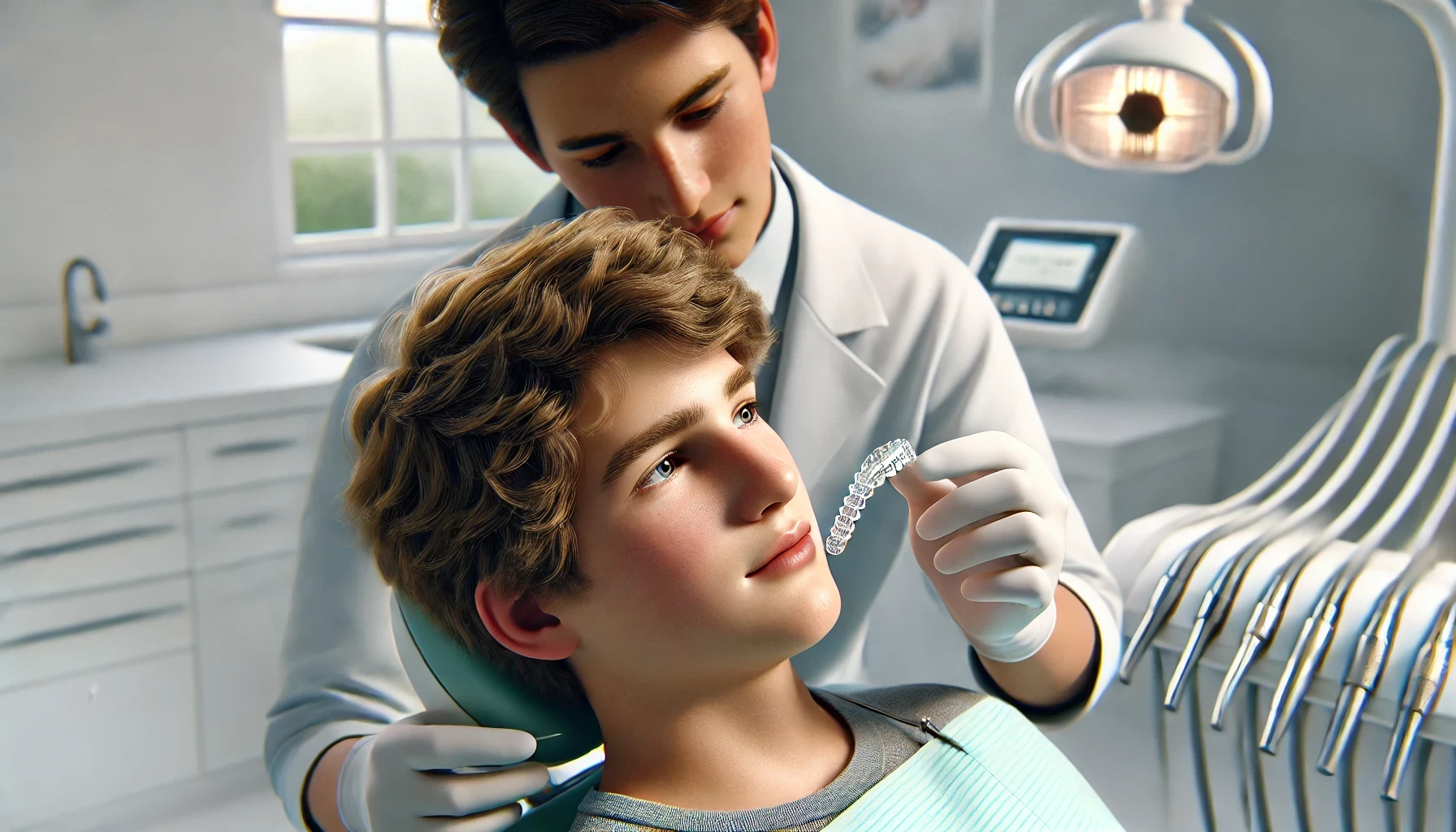
Determining whether Invisalign or braces provide a faster orthodontic treatment option involves considering several factors. These include the severity of the misalignment, the patient’s adherence to the treatment plan, and the age of the patient.
Each of these elements plays a significant role in the overall effectiveness and duration of the orthodontic treatment.
Factors Affecting Treatment Time
Several key factors can influence the treatment time for orthodontic solutions, making it essential to consider each individual’s unique needs and circumstances when deciding between Invisalign and braces.
The severity of misalignment is particularly significant, as more complex cases generally require longer treatment periods. Additionally, patient compliance plays a vital role in the speed of progress; those who consistently wear their aligners as directed or attend regular adjustment appointments are likely to see quicker results.
Age also contributes to treatment efficacy, with younger patients often responding more favourably due to ongoing craniofacial development, which facilitates faster movement of teeth compared to adults. Understanding these dynamics can help individuals set realistic expectations for achieving a straighter smile.
1. Severity of Misalignment
The severity of misalignment plays a crucial role in determining the length of orthodontic treatment, affecting both the complexity of the case and the method selected for correction.
When fine-tuning dental alignment, the duration of treatment can vary greatly between Invisalign and traditional braces, particularly depending on the individual needs of the patient. For minor alignment issues, Invisalign often facilitates quicker adjustments due to its clear aligner system. On the other hand, traditional braces may be more appropriate for severe malocclusions that require extensive bite correction.
Additionally, the complexities of tooth movement influence how efficiently alignment can be achieved. As the orthodontist evaluates the unique characteristics of each patient’s bite, they can provide a more accurate estimate of the treatment timeline, ensuring that the selected approach is both effective and conducive to achieving optimal results.
2. Compliance with Treatment Plan
Patient compliance with their orthodontic treatment plan plays a significant role in determining both the duration and effectiveness of their chosen method, whether that be Invisalign or traditional braces. When patients diligently wear their aligners as instructed and attend all scheduled adjustment appointments, they can substantially reduce overall treatment time and increase the likelihood of achieving optimal results.
Effective communication between patients and their dental professionals is essential, as it creates an environment where questions and concerns can be openly addressed. Educating patients about the importance of their active participation in the treatment process not only enables them but also helps them understand the potential consequences of non-compliance.
By emphasising awareness and fostering open dialogue, individuals can navigate their orthodontic journey more effectively, ultimately leading to healthier and straighter smiles.
3. Age of Patient
The age of the patient is a significant factor to consider in orthodontic treatment, as it can greatly affect both the effectiveness and duration of treatment with Invisalign and braces.
In younger patients, especially teenagers, the ongoing development of the craniofacial structure can provide distinct advantages for orthodontic outcomes. Growth patterns during these critical years can lead to more predictable alignment of teeth and jaw structures. Therefore, it is essential for practitioners to customise their approach based on the individual’s developmental stage.
For adults, however, the complexities of established bone structures and the potential for slower tooth movement require a more adaptable strategy. Treatment goals often focus on aesthetic enhancements and long-term stability, which necessitates a thorough understanding of how age-related factors influence the success of various treatment options.
Thus, it is crucial to evaluate which options will yield the most favourable outcomes for different age groups, ensuring that patients are well-informed about their available treatment possibilities.
Which Is More Suitable for Teens: Invisalign or Braces?
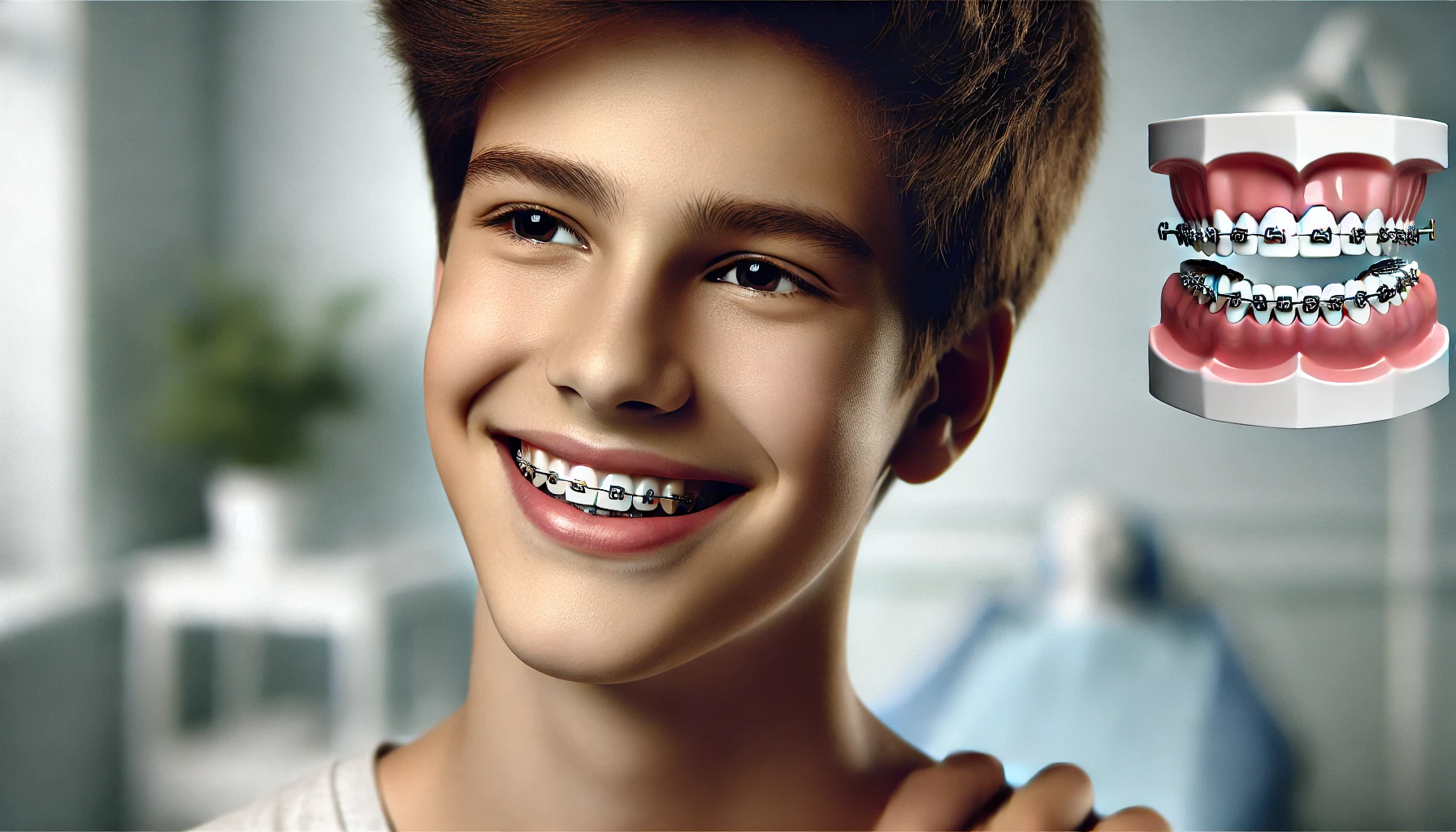
Selecting the appropriate orthodontic treatment for teenagers requires a careful evaluation of the benefits and drawbacks of Invisalign compared to traditional braces.
It is important to consider various factors, including lifestyle preferences, costs, and individual treatment goals.
1. Lifestyle Considerations
Lifestyle considerations can significantly impact a teenager’s decision between Invisalign and braces, particularly when it comes to comfort, aesthetics, and dietary restrictions.
For many teens, being able to enjoy their favourite foods without the fear of damaging orthodontic appliances can be a crucial factor. Metal braces often impose strict dietary limitations, requiring individuals to steer clear of sticky or hard foods, which can feel quite limiting during social events.
On the other hand, removable aligners provide greater treatment flexibility, allowing for a more relaxed approach to meals and oral hygiene. This convenience not only enhances comfort but also enables teenagers to make choices that align with their active lifestyles, playing a vital role in their overall decision-making process.
2. Cost Considerations
Cost considerations are essential for families when choosing between Invisalign and braces for their teenagers’ orthodontic treatment.
It is important to understand the financial implications, as the costs for Invisalign and braces can differ significantly. Parents often find themselves weighing not just the initial expenses but also the long-term investments associated with each orthodontic solution.
Insurance coverage can play a significant role in the overall budget, as some plans may offer better reimbursement for traditional braces compared to Invisalign. Additionally, the anticipated duration of treatment can impact costs; while braces typically require around 18 to 24 months for effective results, Invisalign may achieve similar results in the same timeframe or even quicker.
Ultimately, families need to consider the overall effectiveness of each option and the potential for fewer visits to the orthodontist, as these factors can also assist in financial planning.
3. Treatment Plan Considerations
When determining the most suitable orthodontic treatment plan for teenagers, it is important to consider the individual needs, goals, and likelihood of compliance of each patient. Each treatment option comes with its own set of advantages and challenges that can impact the overall success of the treatment.
For instance, Invisalign offers a discreet alternative with removable aligners that may particularly appeal to teenagers who prioritise aesthetics. On the other hand, traditional braces provide a fixed solution that could be more effective for addressing complex alignment issues. A consultation with an orthodontist allows for a comprehensive assessment, ensuring that the selected treatment aligns well with the patient’s lifestyle and desired outcomes.
By engaging in discussions about preferences, such as how the treatment might affect their daily life and their comfort levels, the orthodontist can create a tailored plan that maximises effectiveness while accommodating the patient’s unique circumstances. This personalised approach is essential for achieving optimal results.
How to Decide Between Invisalign and Braces for Teens?
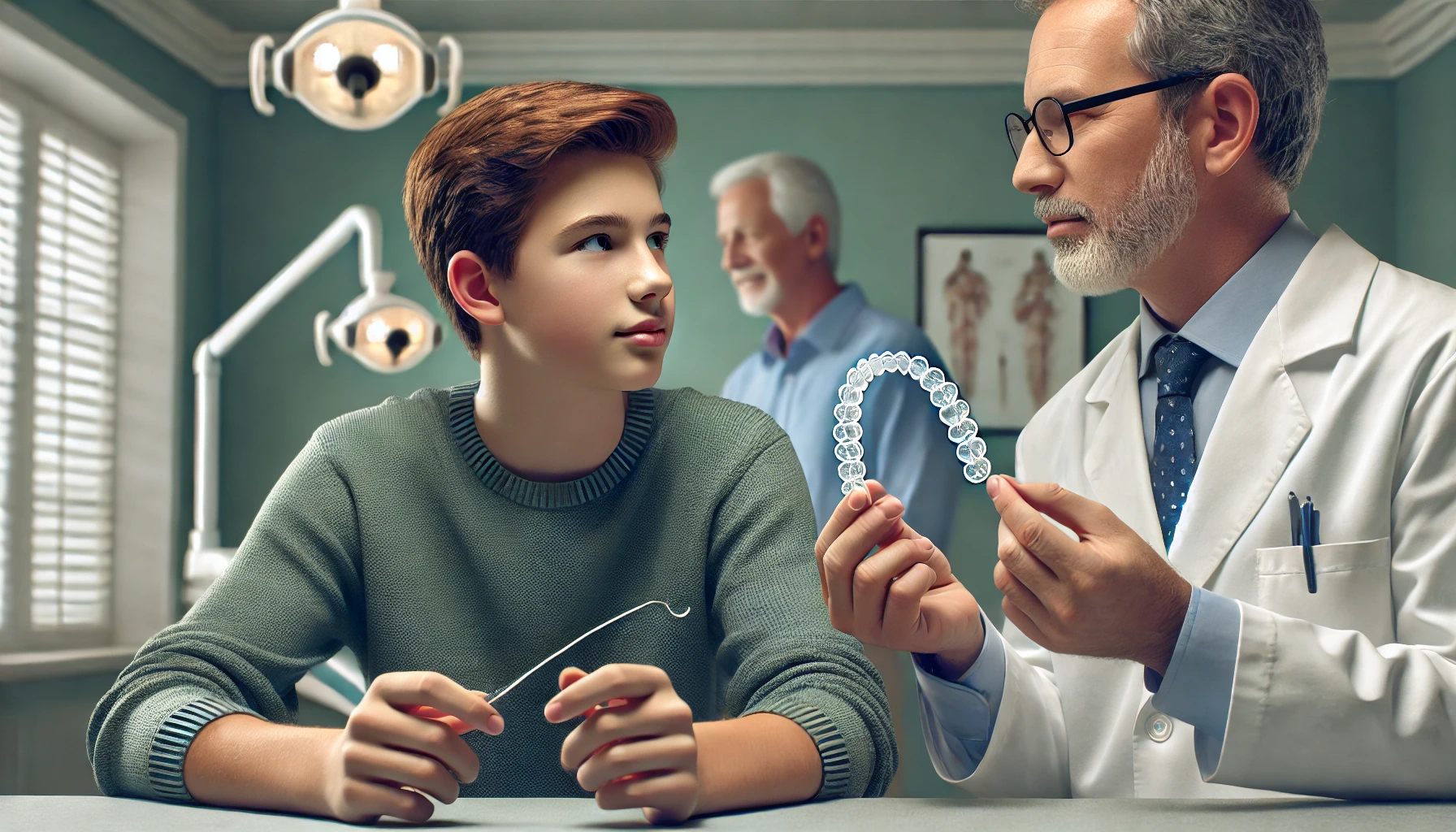
Deciding between Invisalign and braces for a teenager can indeed be a challenging task.
However, by taking the time to understand each individual’s needs and preferences, the process can become much more straightforward.
1. Consultation with Orthodontist
A consultation with an orthodontist serves as a critical first step in choosing between Invisalign and braces. During this appointment, the orthodontist can conduct a comprehensive assessment and offer personalised recommendations tailored to the individual.
This initial evaluation is vital as it allows the orthodontist to examine specific alignment issues, bite discrepancies, and the overall dental health of the patient. By gaining insight into the patient’s unique needs and treatment objectives, the orthodontist can recommend the most suitable treatment option, whether that be clear aligners or traditional metal braces.
The professional evaluation takes into account various factors, including age, lifestyle, and personal preferences. This ensures that the selected method aligns well with the patient’s expectations and comfort level.
Ultimately, making an informed decision can lead to a successful orthodontic journey and a beautifully aligned smile.
2. Considerations for Individual Needs
Each teenager has unique dental needs and preferences that must be considered when choosing between Invisalign and braces for orthodontic treatment. These individual requirements often hinge on factors such as the severity of tooth misalignment and personal comfort levels.
For example, some teenagers may prefer the discreet appearance of clear aligners, while others might choose traditional metal brackets for their proven effectiveness in addressing more complex alignment issues.
Lifestyle choices also play a significant role; an active teenager involved in sports might be hesitant to choose braces due to the potential risk of injury, while another might value the ability to remove their aligners during meals and social gatherings.
Consequently, understanding each teenager’s specific circumstances is essential in determining the most suitable orthodontic solution.
3. Personal Preferences
Ultimately, personal preferences play a crucial role in the decision-making process for teenagers choosing between Invisalign and traditional braces for their orthodontic treatment.
The aesthetic appeal of these options can significantly influence their choice, as many teenagers prioritize a treatment that allows them to keep their smile intact during the process.
Additionally, comfort levels associated with each alternative are essential to consider; Invisalign typically provides a gentler approach and is often perceived as less painful compared to traditional metal braces.
Lifestyle factors also impact this decision; active teenagers involved in sports may prefer the flexibility that comes with removable aligners.
Understanding how these factors intertwine is vital in ensuring that the chosen orthodontic solution aligns not only with their expectations but also with their overall satisfaction and long-term outcomes.
Frequently Asked Questions
What is the difference between Invisalign and braces for teens?
Invisalign and braces are both orthodontic treatments used to straighten teeth. The main difference is that Invisalign uses clear aligners while braces use brackets and wires.
Which treatment is faster for teens: Invisalign or braces?
In general, Invisalign and braces can achieve similar results in terms of straightening teeth. However, Invisalign is typically faster for teens because the aligners can be changed every 1-2 weeks, whereas braces adjustments are usually done every 4-6 weeks.
Do both Invisalign and braces have the same level of effectiveness?
Yes, both Invisalign and braces are highly effective in straightening teeth for teens. The success of either treatment depends on the individual case and the compliance of the teen in wearing their aligners or taking care of their braces.
Are there any limitations on what types of orthodontic issues Invisalign can treat for teens?
Invisalign can effectively treat a variety of orthodontic issues, such as overcrowding, gaps, and bite misalignment. However, severe cases may require traditional braces for better control and precision in tooth movement.
Will my teen experience any discomfort with Invisalign or braces?
Both Invisalign and braces may cause some discomfort initially as the teeth are being shifted. However, Invisalign tends to be more comfortable as the aligners are smooth and do not have any wires or brackets that can irritate the mouth like traditional braces.
What are the maintenance and care requirements for Invisalign and braces for teens?
Invisalign aligners should be worn for 20-22 hours a day and should be removed when eating, drinking anything other than water, and during oral hygiene routines. Braces require regular brushing and flossing, as well as avoiding certain foods that can damage the brackets and wires.

